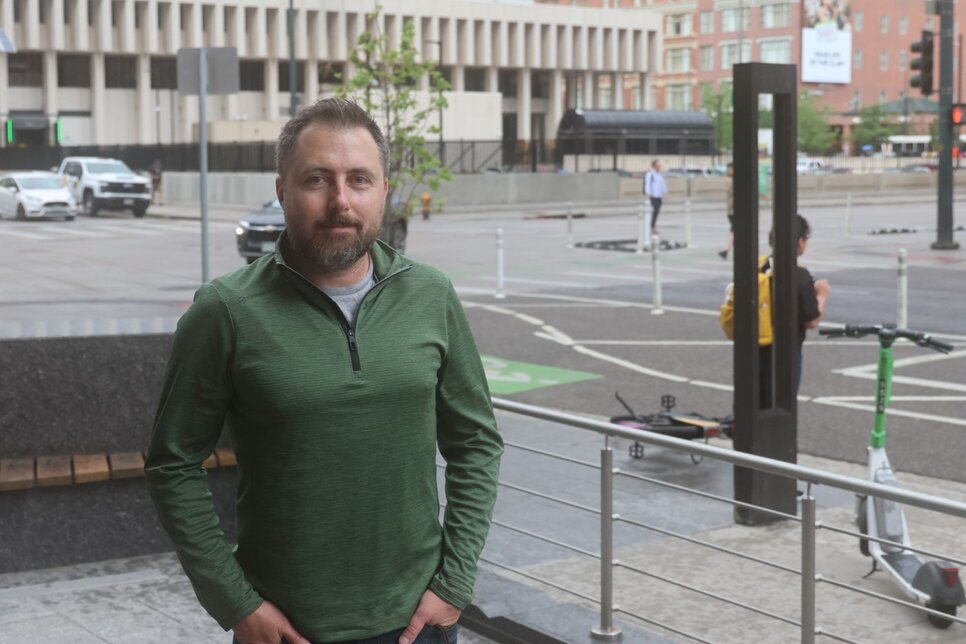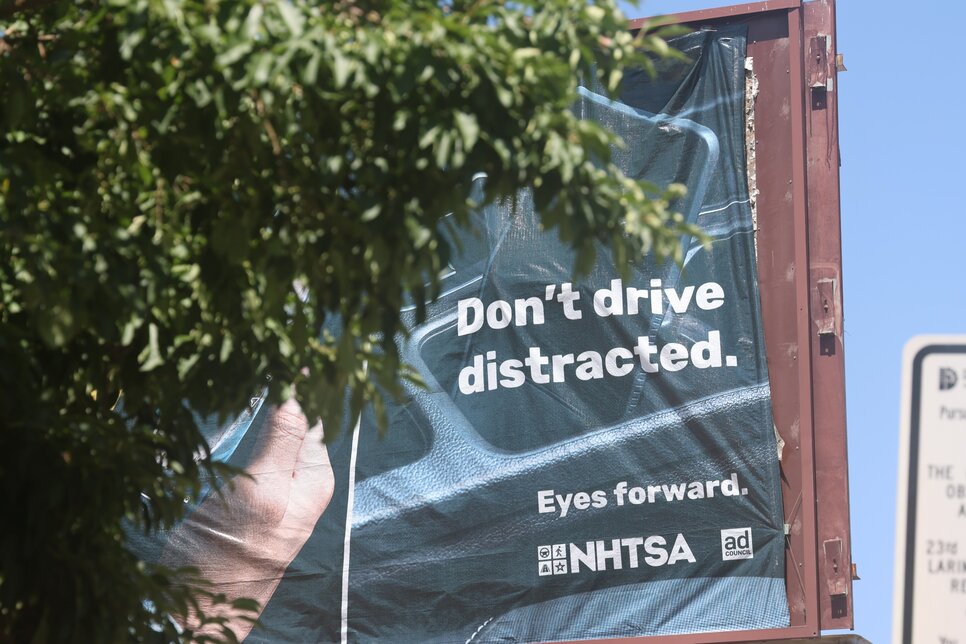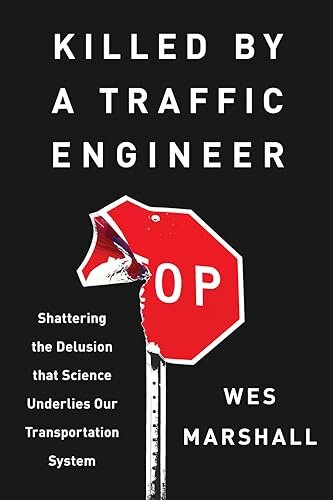RMPBS: When we talk about human error and the explanations for traffic crashes, drunk driving comes to mind and so does texting while driving. Do you think there's almost an overemphasis on those as the reason behind crashes?
WM: I think it lets the traffic engineers off the hook for — I mean, yes, there are things on the automotive side and technology side that we can do. I sometimes joke that my cell phone has more safety features than my car does.
I remember when Gmail first came to be, they had this one weird feature where if it was, like after midnight, they would
ask you three math questions before you sent an email, just to make sure you weren't drunk-emailing somebody.
Our cars don't do that. We have the technology to sort of remove that. We have the technology to make it much harder to text and drive. We don't have to put, you know, 15-inch touch screens in cars. We allow all that stuff, but then we blame the person for using them. We could make it harder. We could kind of nudge them in the right direction.
But at the same time, we make our cars — I mean, what's the speedometer in your car go to? 140? 160?
RMPBS: 140.
WM: Yes, that's a problem, but we also design roads to allow speeds way faster than we want. A lot of these roads downtown, you have four lanes in one direction. If there's nobody around, you could drive 80 miles per hour even though we put a sign up that says you should be driving 30.
We’re sort of enticing people to drive faster and then we blame them when they do and when they crash.
We could also design [roads] to entice slower speeds. But sort of the way the whole system is set up, we want a data-driven approach to safety and the data is telling us we have an education enforcement problem. It's not telling us we have an engineering problem at all.
RMPBS: What are some intersections in Denver proper that are especially egregious in how they're designed?
WM: Well so many of them have that left turn. I don't know if you've heard of the high injury network. So a lot of the cities that are doing
Vision Zero, they try to sort of map where the fatalities are and stuff. And for most cities like Denver, you find out that 5% of our streets have like 50% of our fatalities, right?
So it's like Federal Boulevard and Colfax Avenue and Colorado Boulevard — all those sort of big arterials. Those tend to have those systematic left turning issues that I'm talking about.
I biked in on Colfax one day because I was a masochist or something just to kind of see what it was like.
RMPBS: You’ve got a death wish?
WM: Yeah, [laughs] but there's so many jaywalkers and if you kind of take a step back, the intersection where they're supposed to cross is really dangerous. It kind of makes sense that they're trying to do what they're doing.
So, you know, it's easy for [traffic engineers] to just pawn it off on the driver not paying attention to this person who shouldn’t have crossed where they did. I mean, maybe it is uniquely American, but, you know, I think we also export a lot of our traffic stuff to other countries, like the way we do things here. So a lot of people try to follow our lead.
RMPBS: Are there any places in Denver that you think do a really good job in setting up how people can move around?
WM: Places are getting better in Denver. I mean, I think I've noticed that for sure. As I said, I've been here since ‘09 and a lot of stuff that I see in the streets today, I mean, 10 years ago would have been a moonshot.
So right here [pointing behind him] is 15th Street. I think it was around 2013, the city was trying to put in a protected bike lane. This was four lanes of one way traffic at the time. And the city was dragging their heels saying, “We can't take away parking. You can't take away a vehicle driving lane,” that kind of stuff. They eventually put in the bike lane. Over time, they took away two more car lanes. So there's two bus-only lanes and a bike lane. And 10 years ago I was like, “there's no way Denver would ever do that.” But they did. So there's things that are getting better.
And the other thing I appreciate about what they're doing, especially for walking and biking, is thinking more from a network perspective. Historically, we’d put in like one block of a nice bike lane.That doesn't really help very much if you're actually trying to get somewhere. And now, I mean, not just in downtown, but in a lot of the neighborhoods, you see how they're thinking more of a neighborhood greenways, where you can get kind of across a whole section of the city in a low-stress environment.
So I definitely see us heading in the right direction, but there's still a lot of fundamental problems, and that's why we still have so many deaths in this city, this state, this country.




